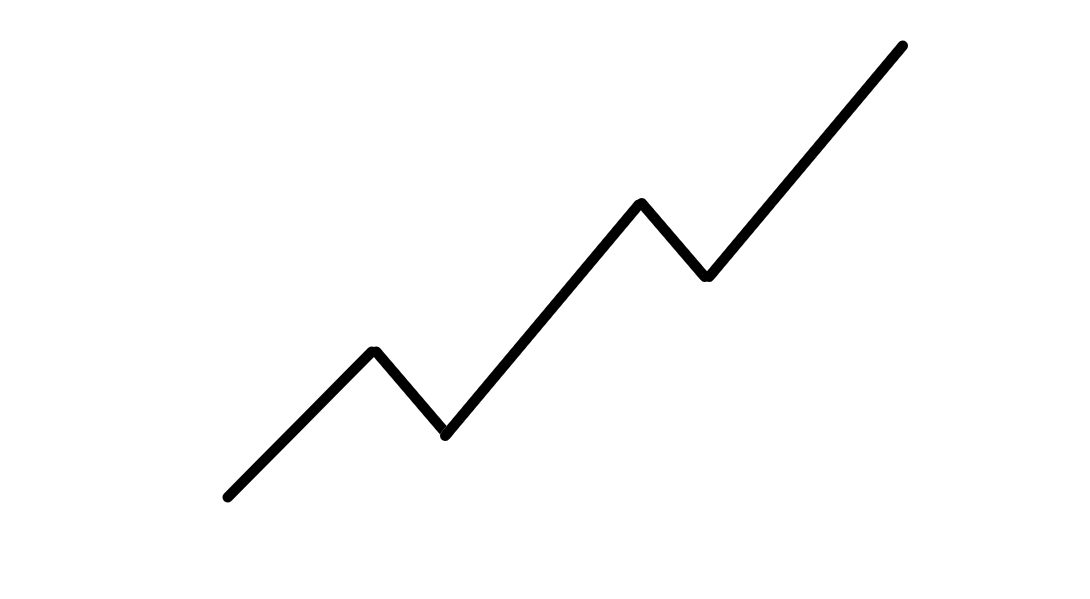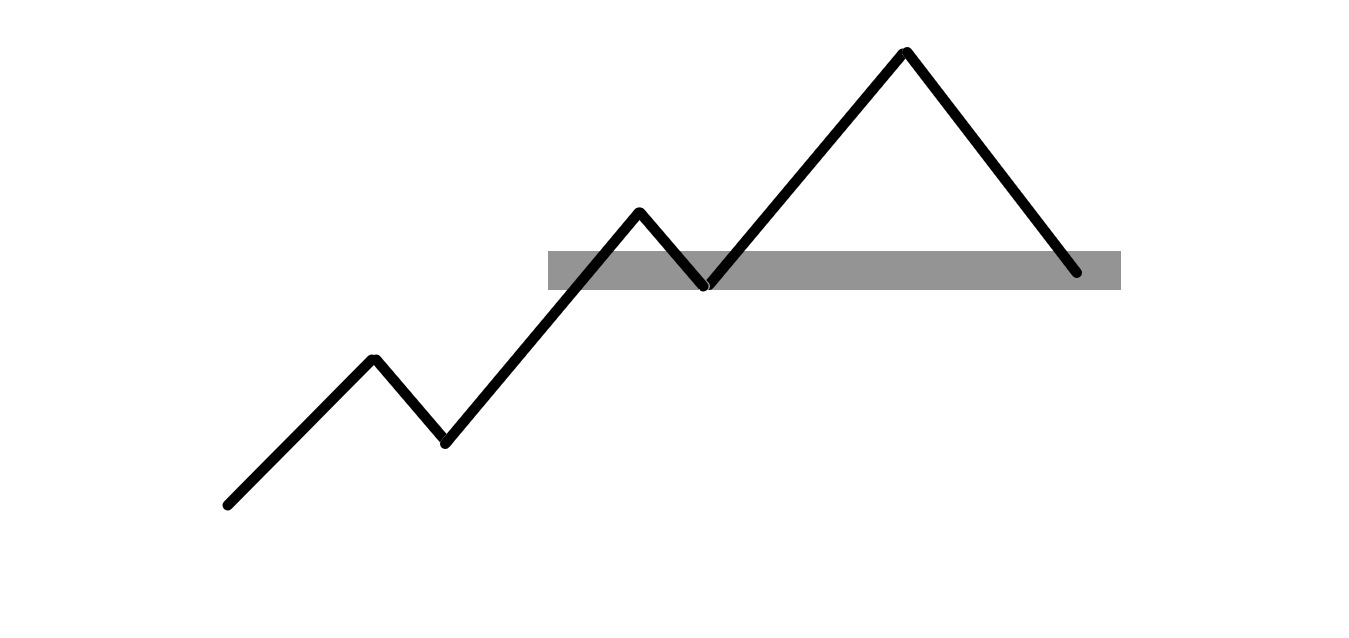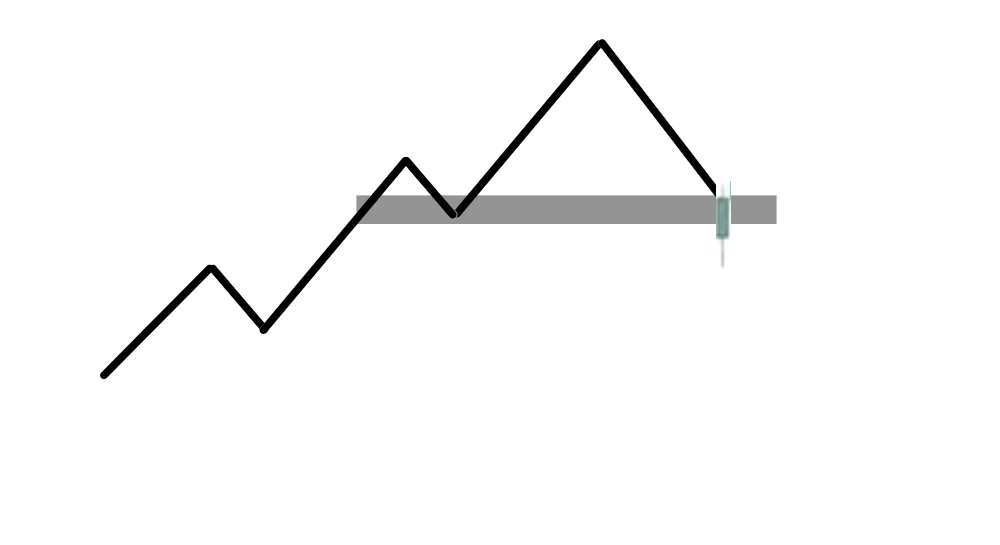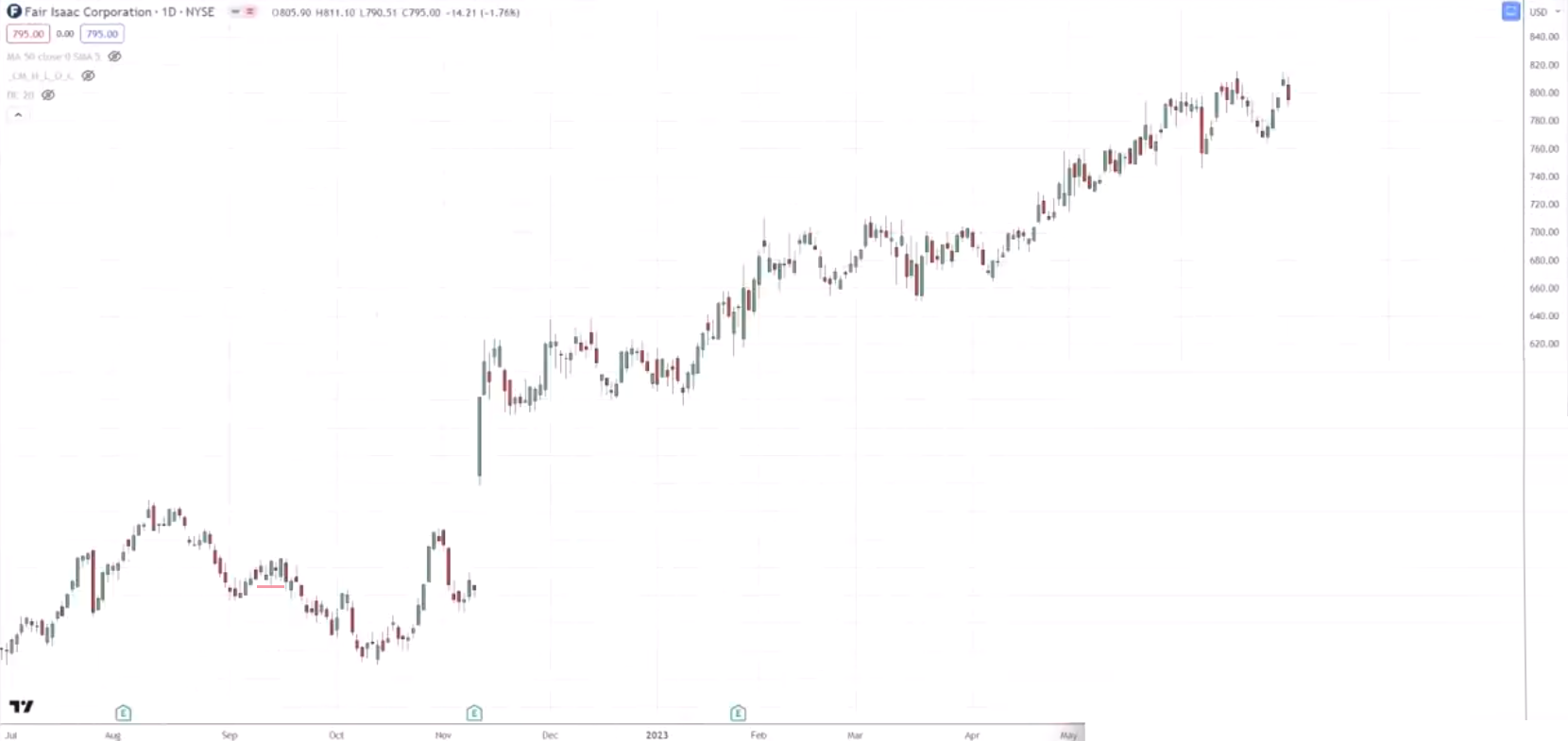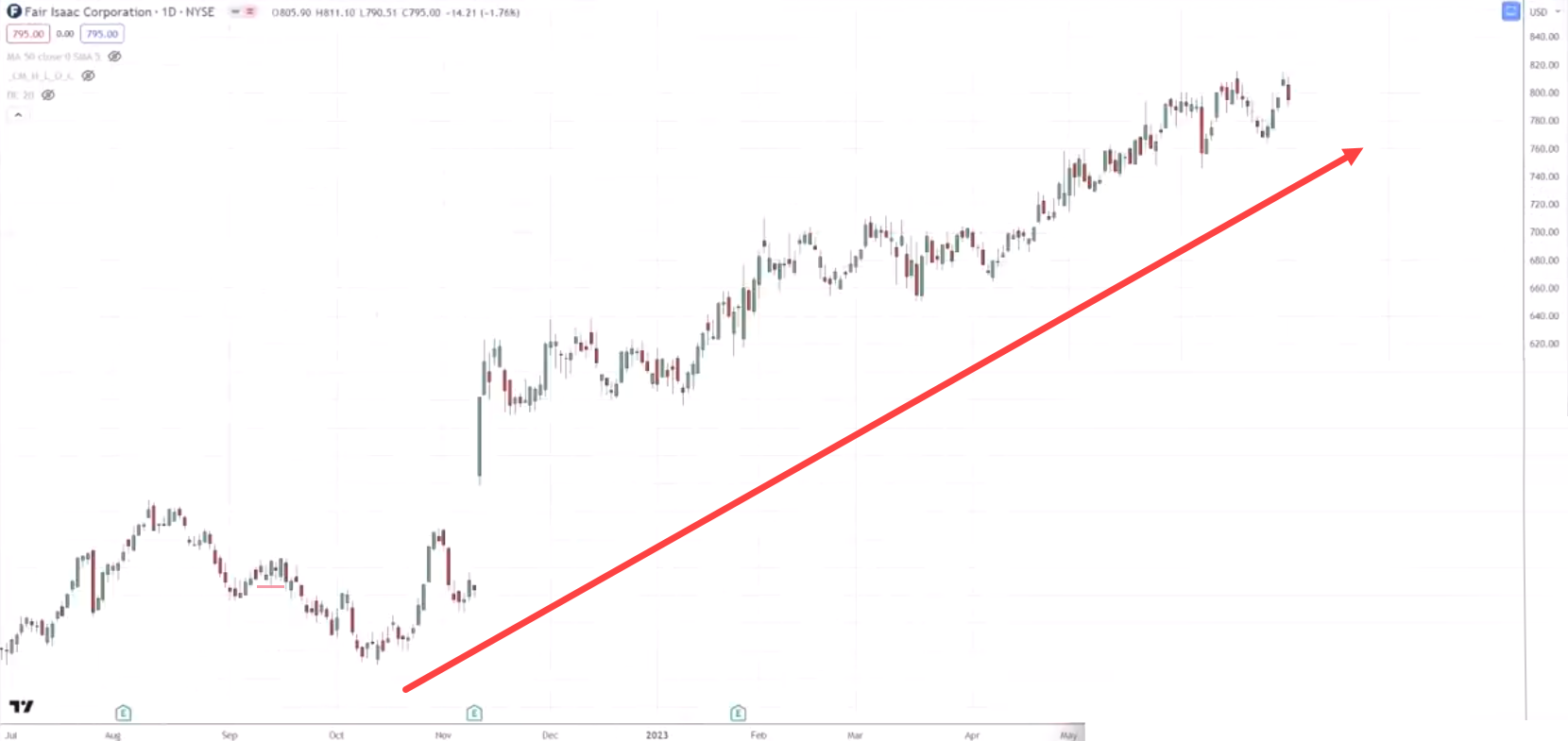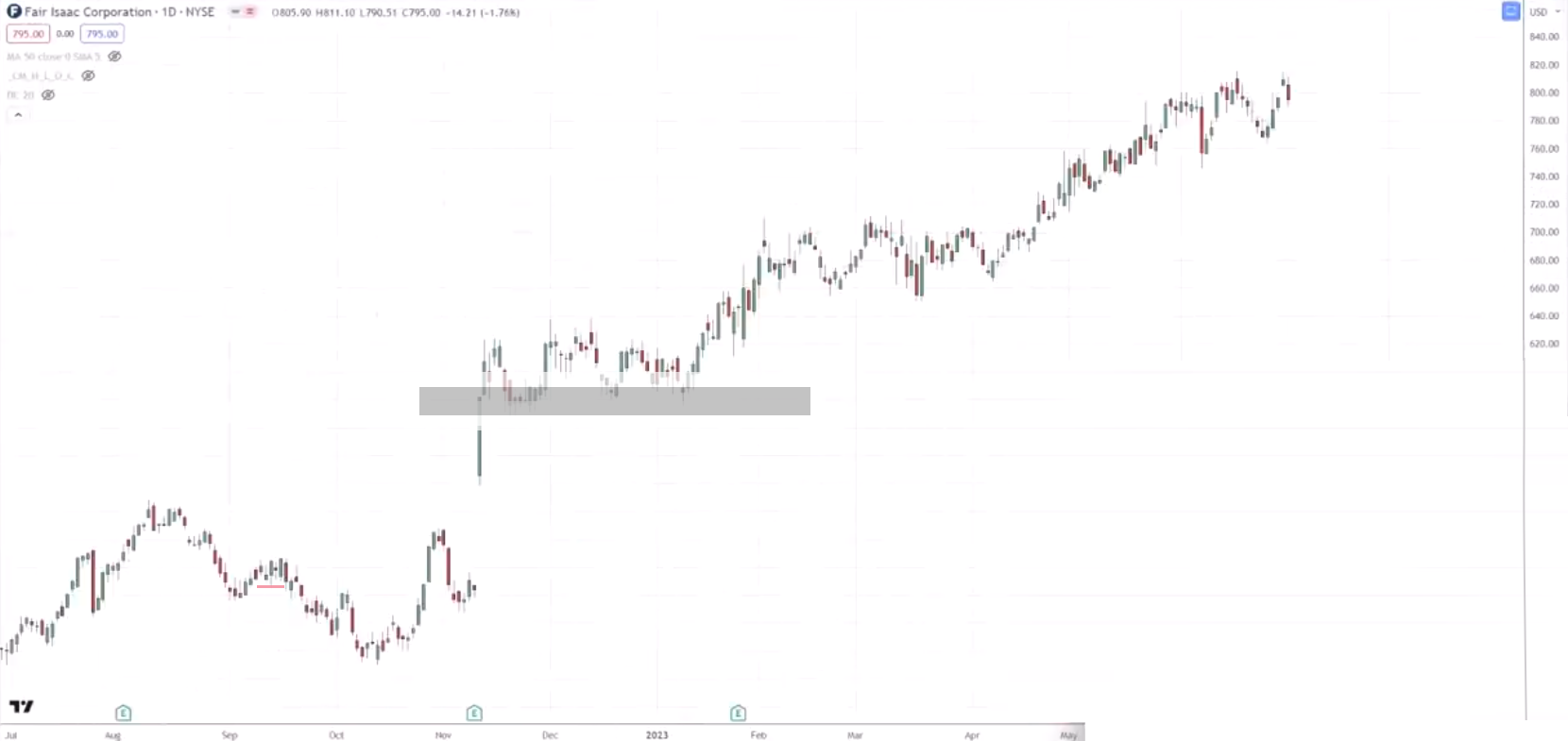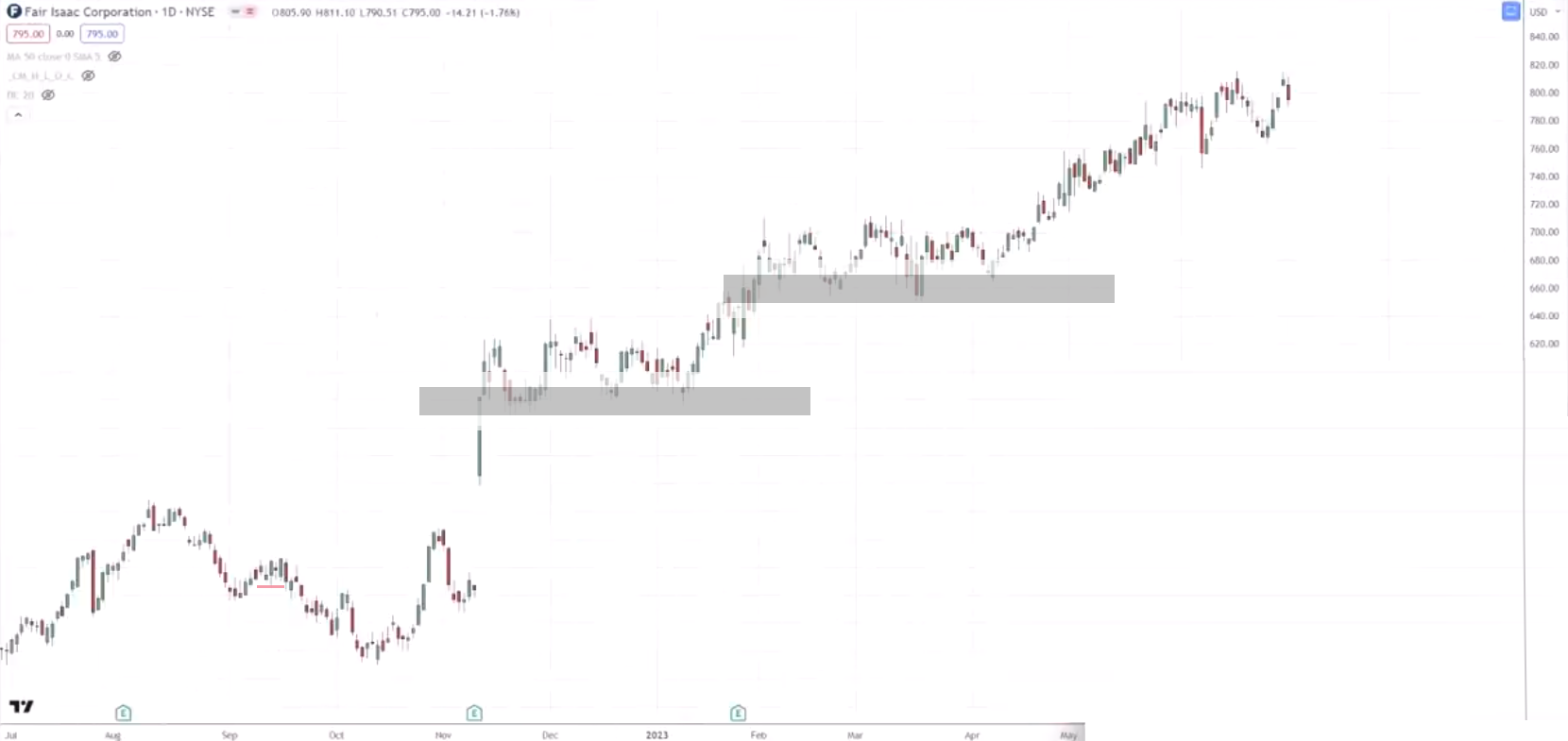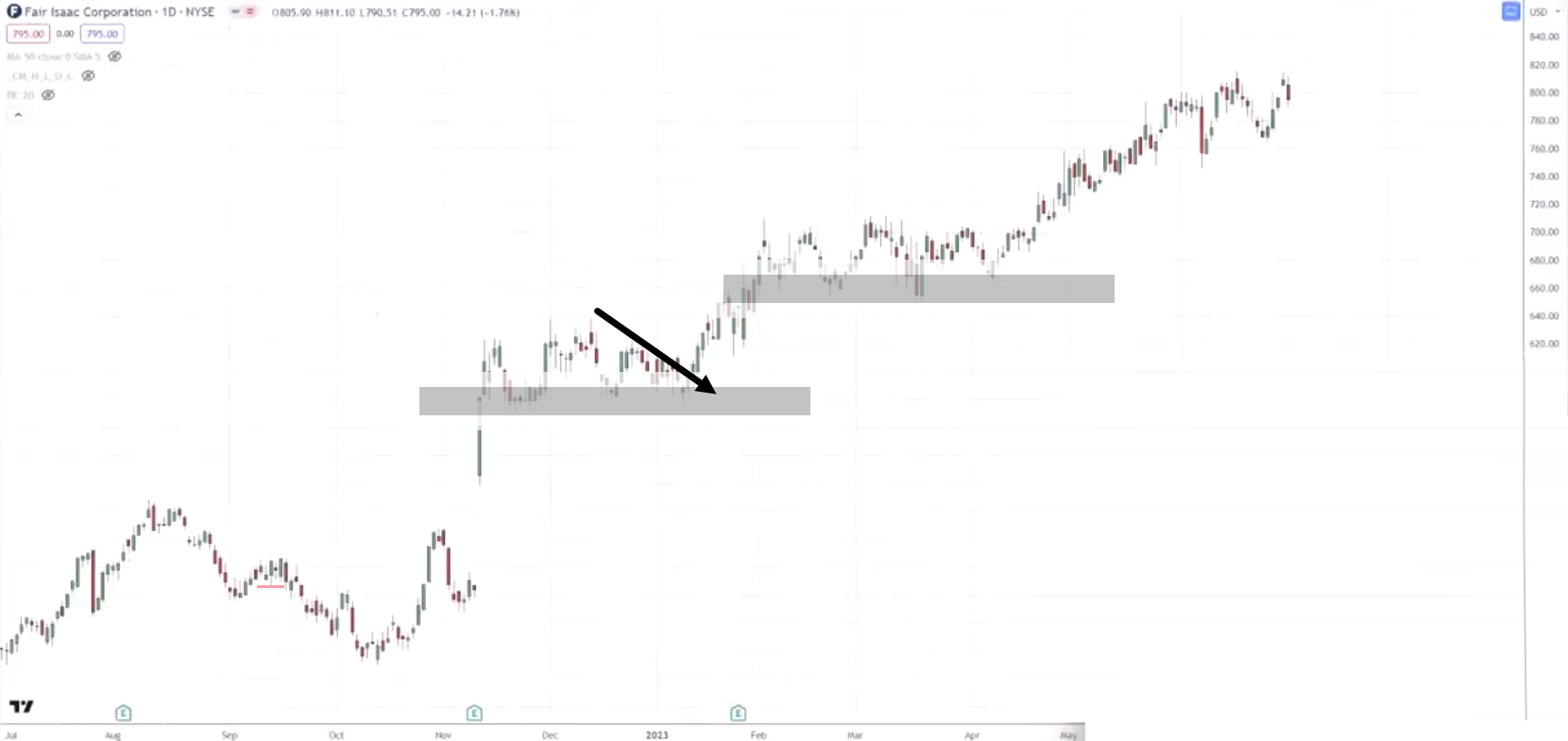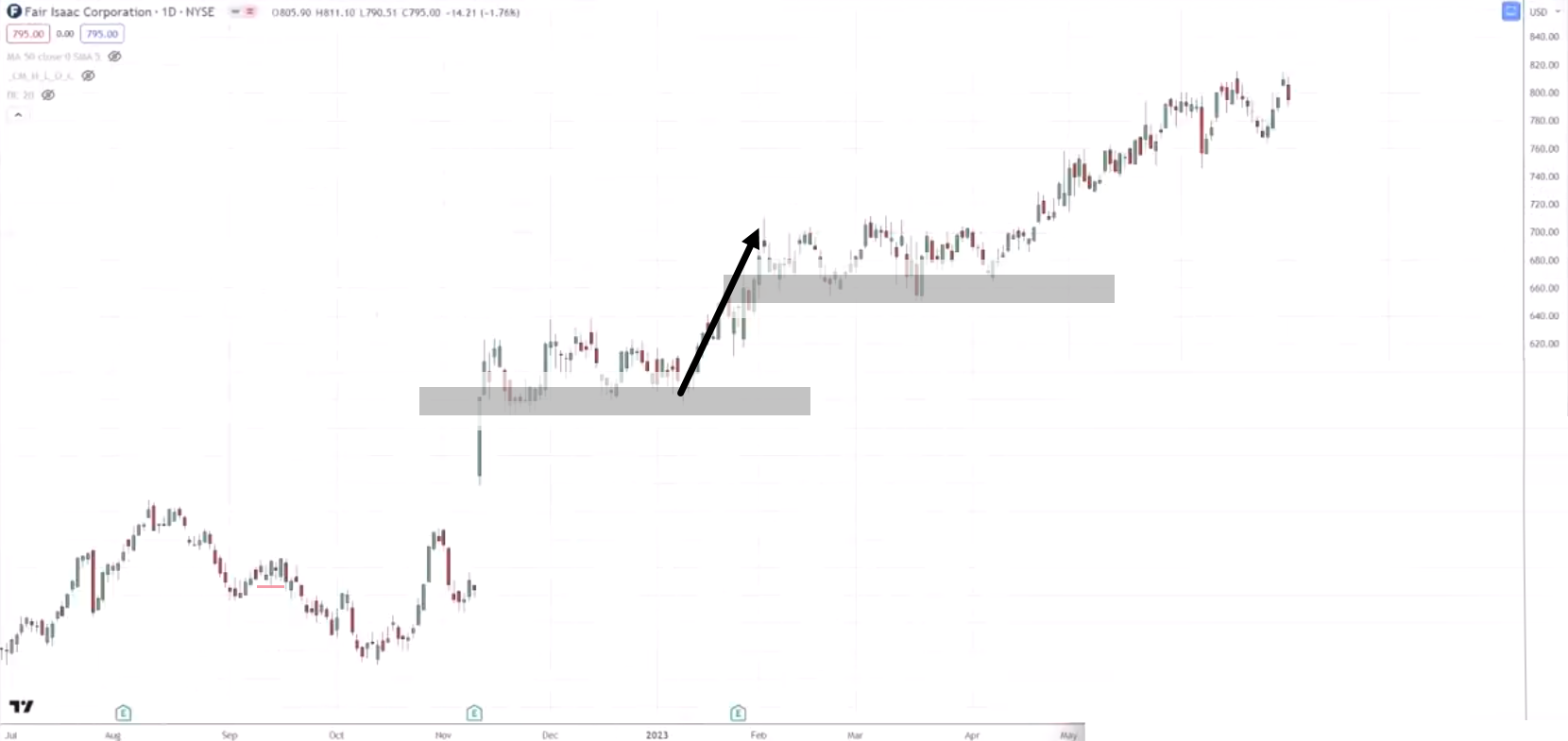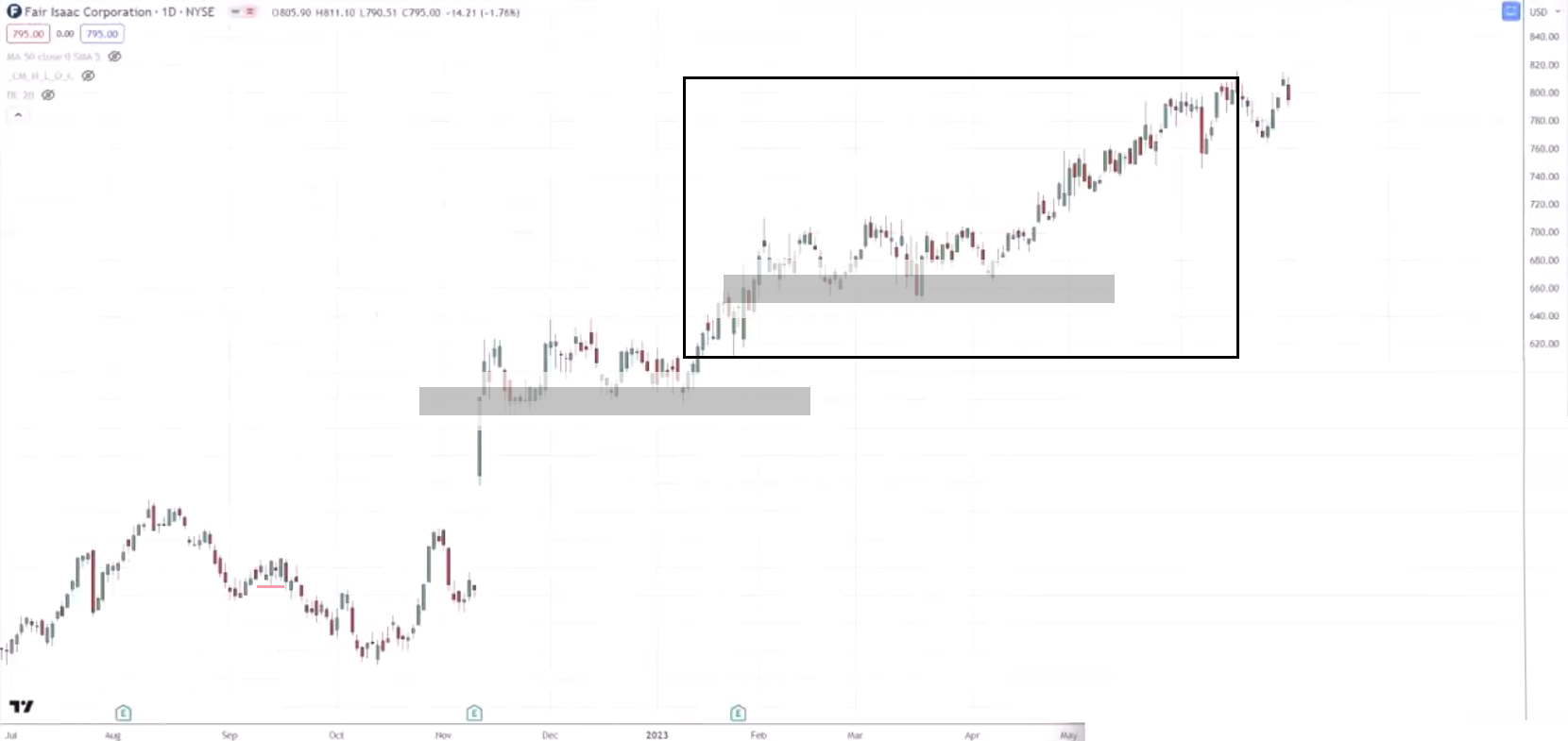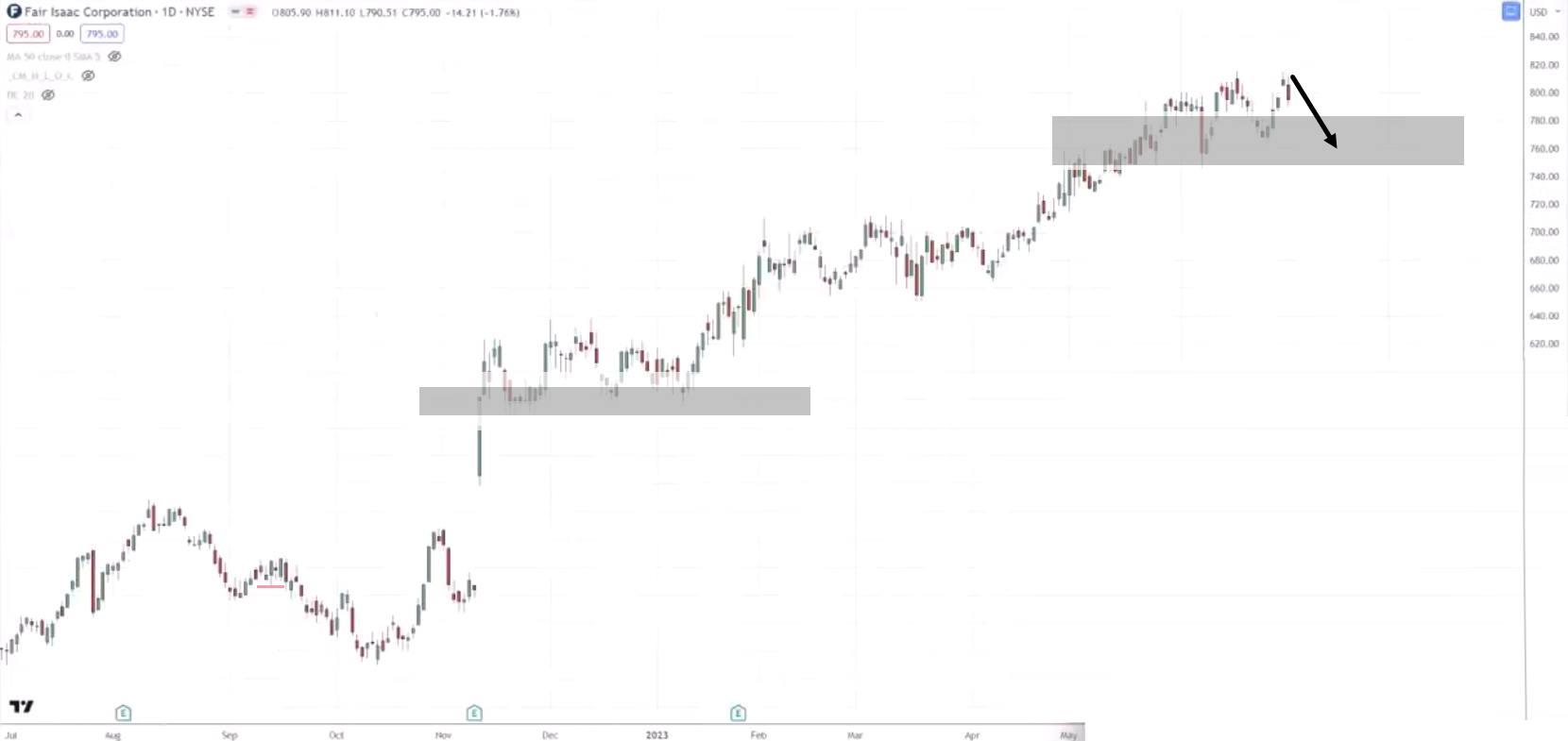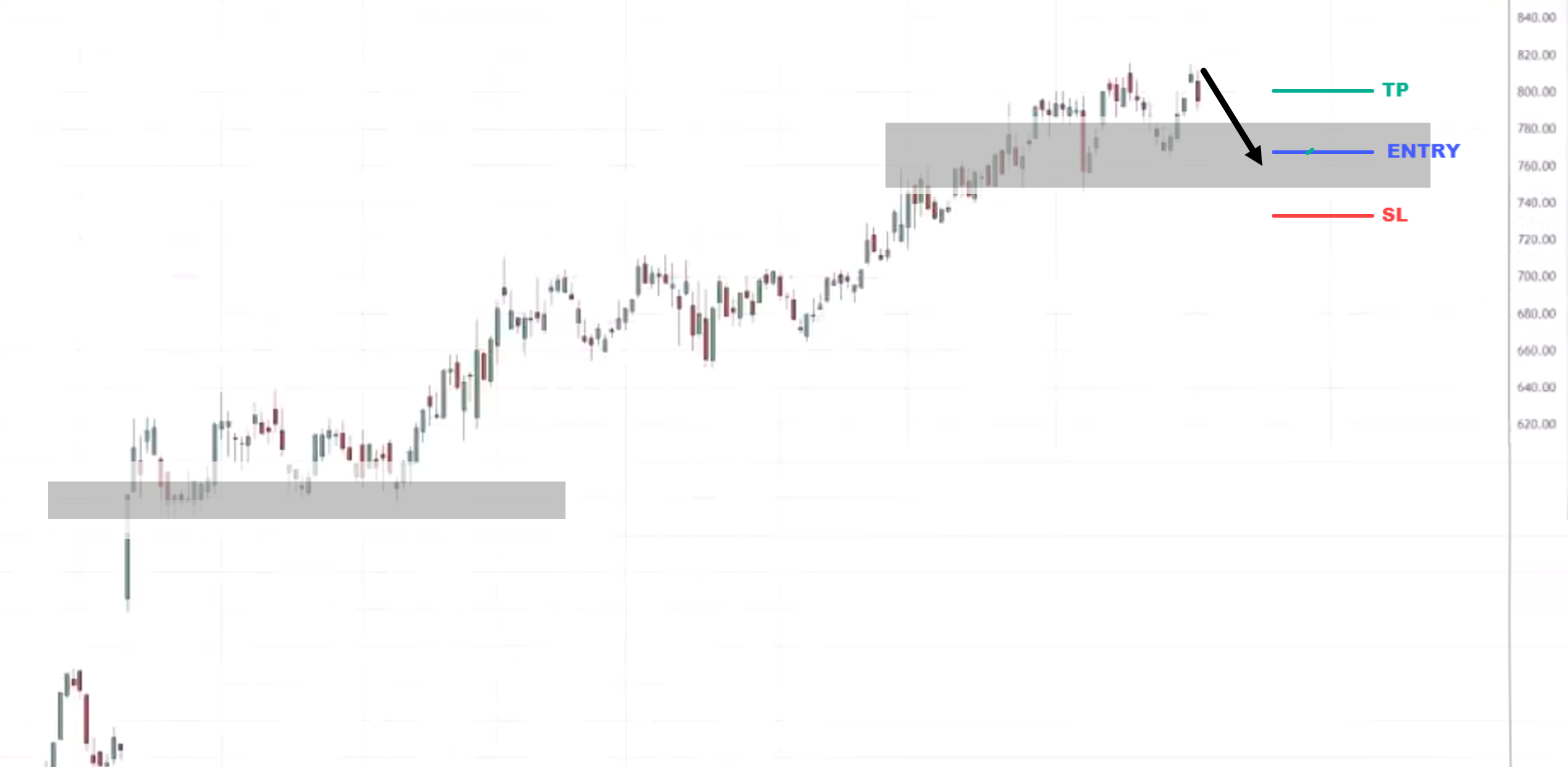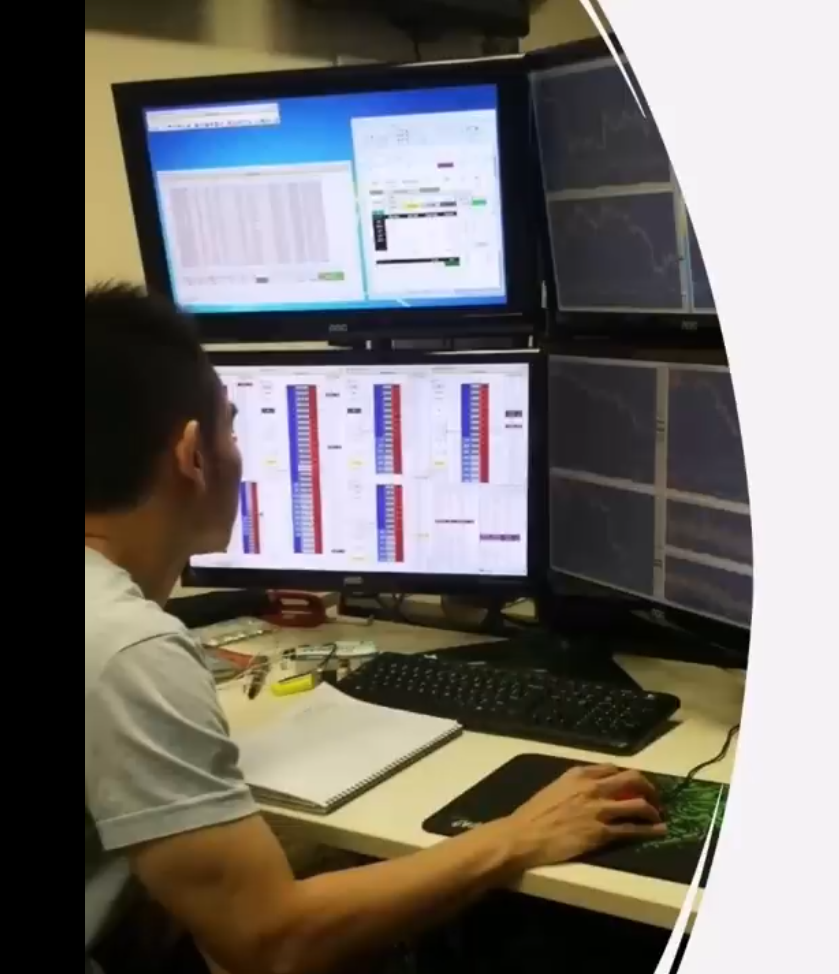Here’s a real story, I do know of a trader called Sam, though not his real name.
He’s someone who desired to find out about trading due to opportunities that it offers.
Sam has been relatively successful in life, graduating first-class honors, and getting a comparatively high-paying job and he keeps finding success.
Trading is an Endeavor he desired to pursue.
How did Sam learn to trade?
Well, he began like you understand how most traders will go about doing it.
He figured things out on his own, risking his own money and thru trial and error.
What happened to Sam is that he spent years attempting to learn the right way to trade the markets.
Along the best way he blew up multiple trading accounts, he lost five figures on this endeavor and eventually, the losses became an excessive amount of for him to Bear.
Eventually, the effort and time that he spent wasn’t justifying a positive ROI return on investment.
Sam needed to call it quits and surrender on trading altogether.
If you happen to ask me like what’s the mistake that Sam made?
It’s quite easy…
Sam tried to reinvent the world he tried to figure things out on his own.
By doing so, you’re going to waste lots of time effort, and money, attempting to you understand solve the puzzles of the market.
My first suggestion, to traders who will not be yet profitable, and who’re struggling is that this…
Don’t reinvent the wheel
There are systems on the market that already are proven to work out there.
Use those as your foundation, as a base to develop your trading strategy, and to provide you some idea about it listed here are some books trading books with backtest results…
- Following the Trend… Andreas Clenow
- Trading systems… Urbane & Emilio
- Automated stock trading… Laurens Bensdorp
- Short-term trading strategies that work… Larry & Cesar
- Constructing Reliable Trading Systems… Keith Fitschen
These books will change your trading endlessly.
I’m not asking you to repeat the trading system on this book but quite, to learn from this book what are among the proven trading systems that work.
Then use that as a foundation after which go on the market and tweak the trading technique to your personal needs.
Possibly trading a distinct time-frame, trading on different markets in anyway.
But use this as a foundation so that you’re not ranging from scratch.
Does it make sense?
Now in case you are a price motion trader or a discretionary trader, don’t worry, I got you covered as well…
Price Motion Setup
Here’s a trading strategy you can use to construct upon to develop your price motion strategy.
What I’d wish to do is to trade with the trend and discover markets in an uptrend. Here’s what I mean…
Then I let it pull back and retrace to an area of value like an area of Support. Here’s what I mean…
Then what I search for next is a sound entry trigger to go long. That may very well be something so simple as a bullish reversal candlestick pattern like a hammer. That is what I mean…
Then look to enter on the subsequent candle open, stop loss is generally a distance below the lows.
Goal often just before this recent swing high, here is an example…
This can be a relatively easy straightforward strategy you can use to trade in a trending market.
Example
Fair Isaac Corporation:
This stock is in an uptrend. That is what I mean…
If you happen to have a look at the previous area of value, have a look at the value motion around it.
That is what I mean…
And this over here…
Notice how this market got here back towards this area of support…
Took the lows out after which it rallied up higher…
Same for this zone…
The market made a pullback towards the support, took out the low, after which rallied higher.
Currently, you may see that this market is potentially making a pullback, here’s what I mean…
That is the world of support.
I’m trying to see if the value can come lower take out the lows and reverse up closing higher backup of support.
If that happens, I’ll have an interest to purchase on the subsequent candle open.
Here is an example…
You possibly can tweak it to your must different market time frames or whatever.
Manage Your Risk
I do know you’re probably considering you understand I’ve heard this a thousand times.
This is vital so pay close attention because what I’m about to share with you is something that you might have likely never heard before.
Imagine this…
John and Sally are two traders.
They each have $1,000 trading accounts and so they have a 50% winning rate on their trading system, and so they have a mean of a 1…2 risk-reward ratio.
Let’s assume… Over the subsequent few trades, that is the outcomes of their trades…
LOSE-LOSE-WIN-WIN-LOSE-LOSE-WIN-WIN-WIN
That is the end result for the subsequent few trades.
Let’s say John risked 50% of his account on each trade which is about $500 and Sally, risked $20 of her account per trade.
John… $500
Sally… $20
Let’s have a have a look at John first, having $500
-500, -500, -1000
LOSE-LOSE-WIN-WIN-LOSE-LOSE-WIN-WIN-WIN
John has essentially blown out his trading account.
What about Sally?
–20, -20, +40
LOSE-LOSE-WIN-WIN-LOSE-LOSE-WIN-WIN-WIN
How much did Sally make?
It’s 40 because as you’ve seen over here, we’ve a mean of 1…2 risk-to-reward ratio.
Her winners are twice the dimensions of her loss.
In total, how much money did Sally make or lose?
Sally made a complete of $120 which is a couple of 12% gain of her account.
Are you able to see how essential that is?
If each John and Sally are trading the identical system but one in all them blew up his trading account and the opposite one made the 12% return on the account.
What’s the purpose I’m attempting to make?
The purpose is that this…
You possibly can have a proven trading strategy that works out without proper risk management, you’ll still lose.
Are you with me up to now?
Consistent motion = Consistent results
I do know this sounds slightly bit vague so let me provide you with an example so that you understand how this works…
Imagine your trades. The end result of the subsequent few trades is something like this…
LOSE-LOSE-LOSE-WIN-WIN-WIN-WIN
Let’s say you’re trading with a proven trading system and also you’re following your rules.
As you may see here. Your first three trades are losers.
When the fourth trade comes, you select to skip it due to recent losses that you just had you’re thinking that.
Guess what?
It seems to be a winner over here.
Then your fifth trade comes along.
You choose to skip the trade due to recent losses that you might have encountered, the pain remains to be very flawed so let me skip the trade again.
Again, seems to be a winner over here.
Then comes the subsequent trading opportunity, and now you’re stuck. Pondering should I skip the trade?
Since the recent losses are still an excessive amount of to bear, you select to let your emotions take over and skip the trade.
Then guess what?
One other winning trade that you just missed.
Then guess what? One other winning trade that you just missed.
At this point, you may’t take it anymore.
You made the choice to follow your trading strategy because if not, you would possibly miss out on further again.
We decided to take the subsequent trade that got here along and eventually, you caught this winner over here.
Nevertheless, in case you look back your winner is just not enough to cover your losses the three losses that you just had earlier.
If you happen to have a look at this from a big-picture standpoint, in case you had followed your rules you’ll have come up profitable since you had 4 winners over in comparison with your earlier losses that you just had earlier.
4 winners against three losers, you’ll have made money over this series of trades.
But since you didn’t follow your rules, due to emotions your actions weren’t consistent, and that’s why you didn’t get consistent results.
You possibly can see that if you wish to be a consistently profitable trader, you need to have a consistent set of actions each time the setup presents itself.
You may have to take it so that you don’t second guess yourself…
Because guess what? in case you find yourself skipping trades, your results won’t be consistent because your actions will not be consistent.
Keep Moving Forward
Here’s the deal…
There can be a time when every little thing looks so bleak.
Things will not be figuring out for you.
You possibly can have proper risk management and be consistent together with your actions and you may be essentially the most disciplined trader on the market.
But because perhaps for the incontrovertible fact that your trading strategy doesn’t work, you continue to find yourself losing at this point.
Most Traders will give.
This jogs my memory of a quote from Sylvester Stallon (Rocky)…
“It ain’t how hard you may hit but how hard you may get hit and keep moving forward.”
That’s how winning is completed. This is similar for trading.
You may have known some failures along the best way in trading.
But guess what?
It just tells you that whatever you’ve been doing is how it is best to not trade the markets.
Return to the drafting board. Get latest trading ideas, and techniques to trade the market and you understand, read the books I shared with you earlier.
Then begin to apply proper risk management.
If you happen to keep following this process that I’ve shared with you, there’s no reason why you won’t succeed as a trader that’s winning.
All the time Be a Student of The Market
All the time be a student of the market.
Let me share with you a fast story…
That is me back in my prop trading days, hungry and free
Back then, I used to be trading the Nikkei Futures otherwise generally known as the Japanese stock market.
A lot of us prop Traders, were trading the Japanese Market back then and one in all the core strategies that they were using is what we call arbitraging.
Why arbitraging?
It’s since the Nikkei Futures is traded on 4 different exchanges.
By trading on multiple exchanges, they’ll find arbitrage opportunities.
Let’s say a trader, buys from exchange “A” a decay contract at $100 after which quickly sells it at exchange “B” for $101
I’m just simplifying things.
If you do that over and over a 12 months you may make six to seven figures arbitrage opportunities.
Back then, lots of traders made lots of money from this particular trading approach then slowly something happened.
They realize that the profits are getting smaller and smaller.
Why is that?
That’s since the algorithms the machines enter the market.
As you understand machines are at all times faster than human traders.
Before you may even click buy the machine has already buy and sell.
The machine got here into the market and eroded this age that that they had for several years.
What happened next is that I feel about 90-95% of those traders, couldn’t adapt to this market conditions and so they quit and left trading altogether.
Some even became cab drivers.
There isn’t any shame in that but that’s just about what happened to them.
The lesson here is that this…
“There’s no guarantee in trading”
Simply because a trading strategy has worked prior to now doesn’t mean it’ll work in the longer term endlessly.
That is why you need to at all times remain a student of the market to be adaptable to vary when the times have modified.
Conclusion
Irrespective of what others let you know…
Being a profitable trader is rarely easy.
There isn’t any shortcut.
But what matters is how briskly you implement the concepts I’ve shared with you today.
And the most effective part?
Anyone can do it!
Nonetheless, here’s what you’ve learned in today’s video…
- Gather proven strategies from trading books and use it as a foundation to develop your personal strategy
- Managing your risk is the primary key to surviving on this trading business
- Being consistent in your trading puts you closer to identifying your edge out there
- When things aren’t going your way, be persistent and keep pin-pointing and improving in your weak points
- Time and time again, the market will at all times humble smug traders, so at all times be a student of the market
Now that I shared with you the fastest strategy to grow to be a profitable trader…
Is there anything you might have in mind so as to add to the list?
Let me know within the comments below!
